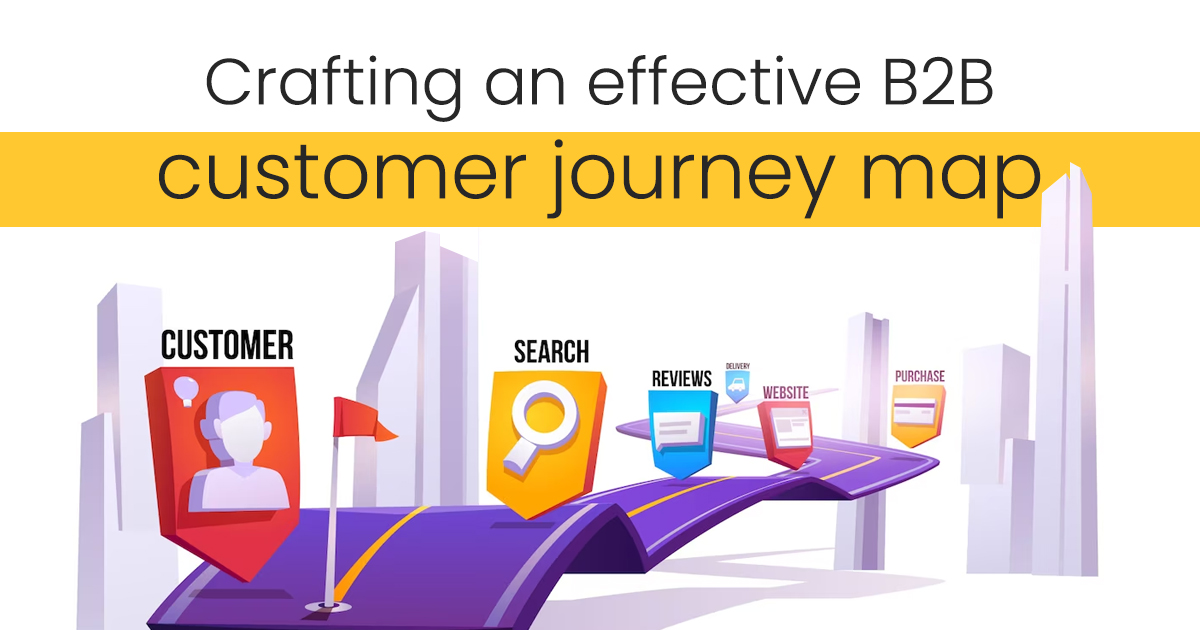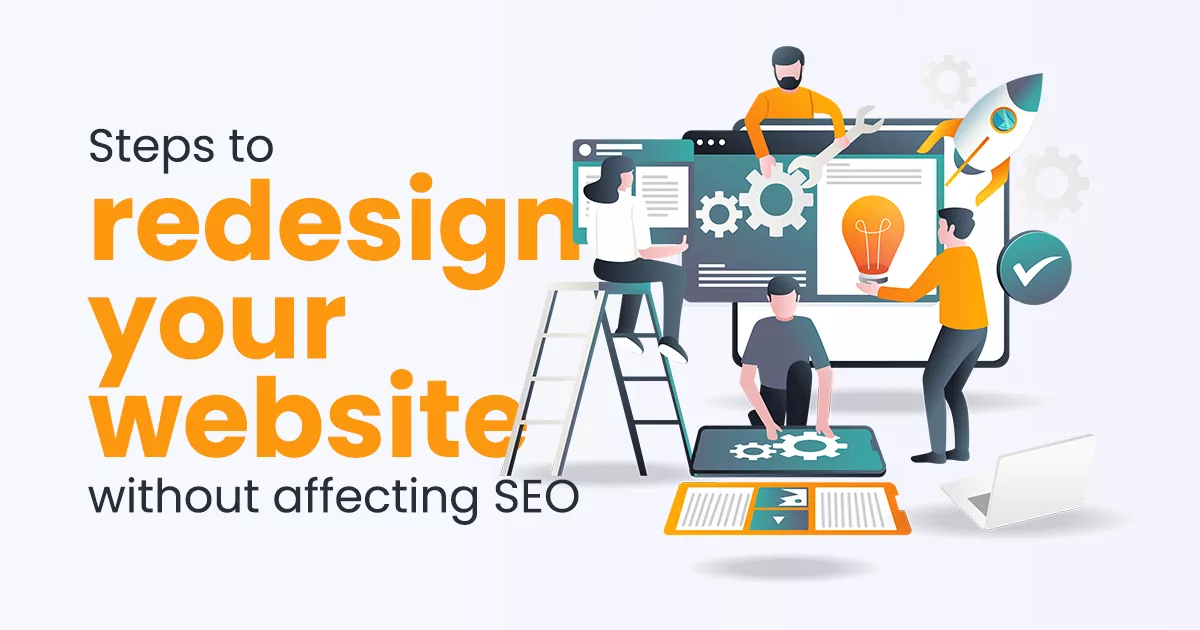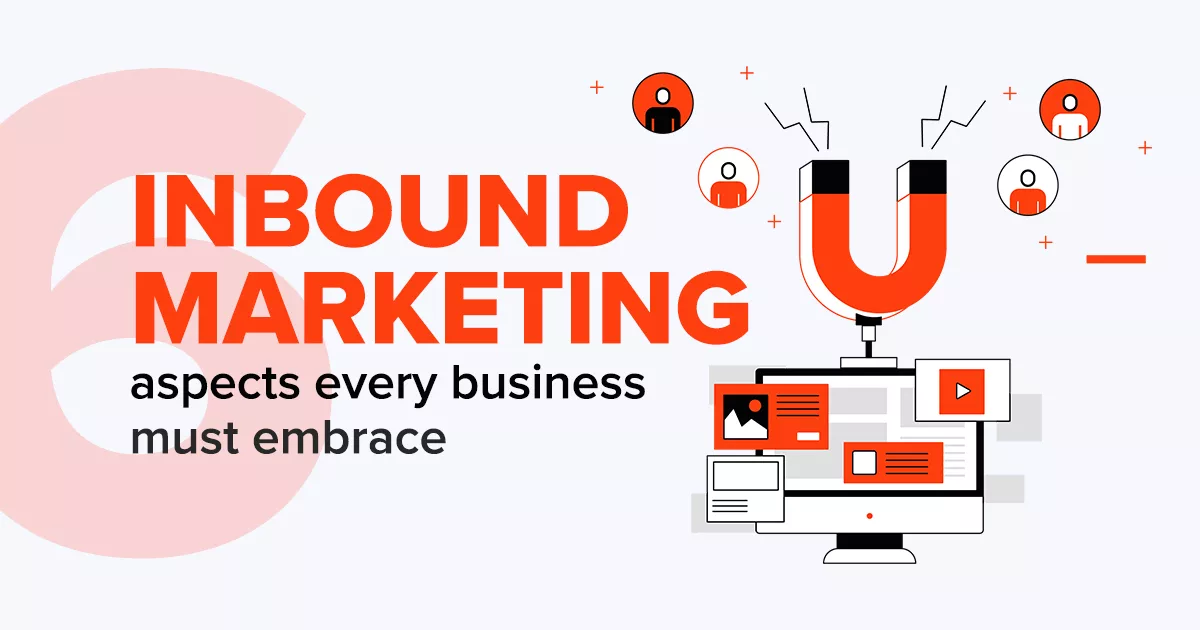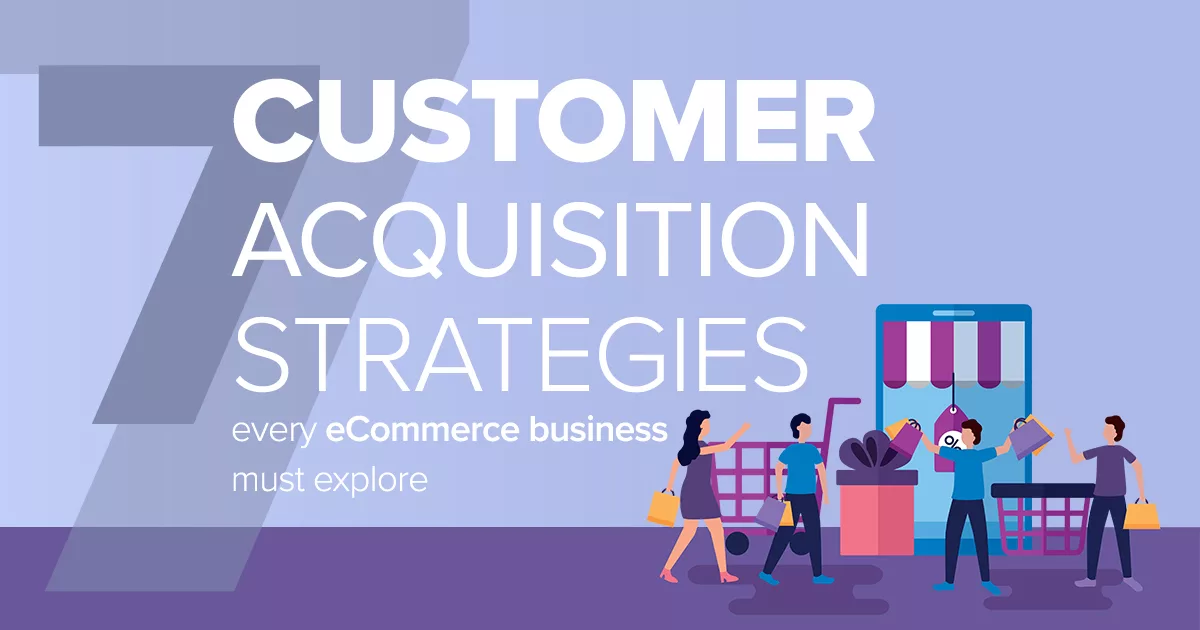Crafting an Effective B2B Customer Journey Map: A Step-by-Step Guide

Creating a B2B (business-to-business) customer journey map is a fundamental step in understanding and improving the experience of your B2B customers. Whether you provide services, products, or solutions, mapping out your customer’s journey is essential for optimizing your eCommerce website’s performance.
To embark on this journey effectively, you’ll need the assistance of the best eCommerce website developers, combined with a robust eCommerce website platform. In this guide, we’ll walk you through the process of creating a B2B customer journey map, all while considering eCommerce website development and its key components.
Understanding the Basics
What is a B2B Customer Journey Map?
Before delving into the steps of creating a B2B customer journey map, let’s clarify what it is. A B2B customer journey map is a visual representation of the various touchpoints and interactions a business customer has with your company throughout their buying journey. It helps you gain insights into their needs, pain points, and behaviors, allowing you to tailor your eCommerce website accordingly.
Why is it Important?
Understanding the B2B customer journey is crucial because it allows you to align your eCommerce website platform, content, and processes with your customer’s needs. This alignment leads to enhanced customer satisfaction, increased conversions, and stronger brand loyalty, ultimately boosting your eCommerce website’s success.
Step-by-Step Guide to Create a B2B Customer Journey Map
Step 1: Define Your Customer Personas
Begin by creating detailed customer personas that represent your target B2B customers. Consider factors like industry, job roles, challenges, and goals. These personas will serve as the foundation for your customer journey map.
Step 2: Identify Key Touchpoints
Map out the various touchpoints where your B2B customers interact with your brand. These touchpoints can include website visits, email inquiries, phone calls, social media engagement, and more. Be comprehensive in identifying all possible interactions.
Step 3: Gather Customer Data
Collect data on your existing B2B customers’ interactions and experiences. This can be done through surveys, interviews, website analytics, and feedback forms. The more data you gather, the more accurate your customer journey map will be.
Step 4: Create a Visual Representation
Now, it’s time to create the actual customer journey map. You can use various tools and templates available online to design a visual representation. The map should include stages, touchpoints, customer personas, and emotions at each stage.
Step 5: Define Customer Goals and Pain Points
For each stage in the customer journey, identify the goals and pain points your B2B customers experience. Understanding their objectives and challenges will help you tailor your eCommerce website development efforts to address these specific needs.
Step 6: Analyze and Prioritize
Once you have your customer journey map in place, analyze it to identify areas that need improvement. Prioritize the touchpoints and stages that have the most significant impact on customer satisfaction and conversions.
Step 7: Align Your eCommerce Website
Now comes the crucial part – aligning your eCommerce website with the insights gained from your customer journey map. Work closely with the best eCommerce website developers to implement necessary changes, whether it’s optimizing the user interface, refining content, or enhancing the checkout process.
Step 8: Monitor and Iterate
Creating a B2B customer journey map is not a one-time task. It’s an ongoing process. Continuously monitor customer interactions and gather feedback to make iterative improvements to your eCommerce website. Regularly update your customer personas and journey map as your business evolves.
Leveraging eCommerce Website Development
Choose the Right eCommerce Website Platform
Selecting the best eCommerce website platform is a crucial aspect of aligning your website with the B2B customer journey. Ensure that the platform you choose offers customization options, scalability, and integrations that suit your specific B2B needs.
Implement User-Centric Design
Collaborate with experienced eCommerce website developers who understand the importance of user-centric design. Your eCommerce website should be intuitive, easy to navigate, and responsive to different devices.
Incorporate Personalization
Utilize eCommerce website development techniques to incorporate personalization. Tailor content, product recommendations, and user experiences based on the specific needs and preferences of your B2B customers, as revealed in your customer journey map.
Conclusion
Creating a B2B customer journey map is a strategic process that can significantly impact the success of your eCommerce website. By understanding your B2B customers’ needs, pain points, and behaviours, and by aligning your eCommerce website development with these insights, you can enhance customer satisfaction, increase conversions, and strengthen brand loyalty. Remember that the process is iterative, requiring ongoing monitoring and adjustment. With the right approach and the assistance of the best eCommerce website developers and eCommerce website platform, your B2B eCommerce journey can be both rewarding and successful.
Subscribe to our Blog
Read our newly created blogs delivered straight to your inbox.


